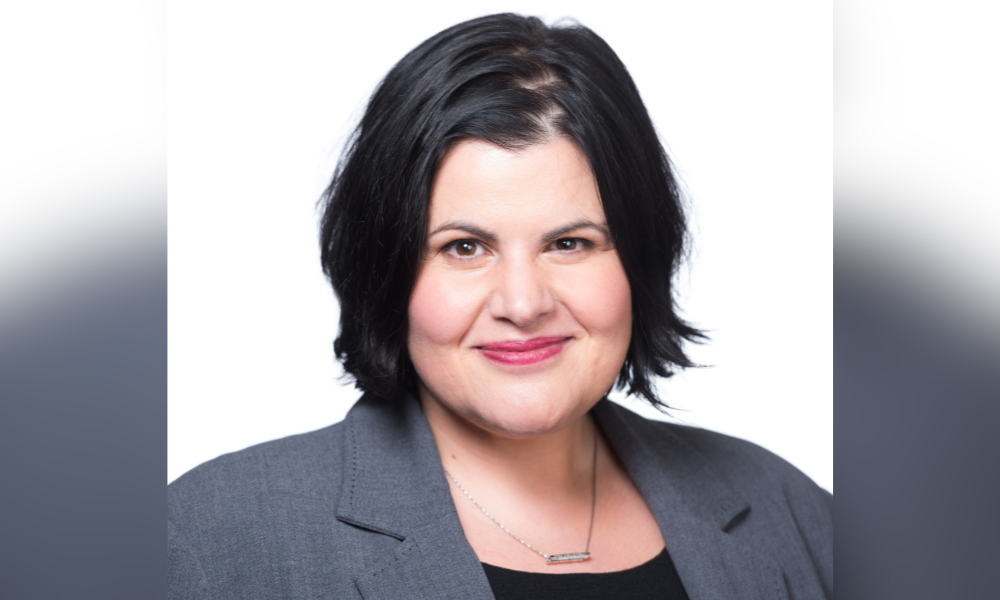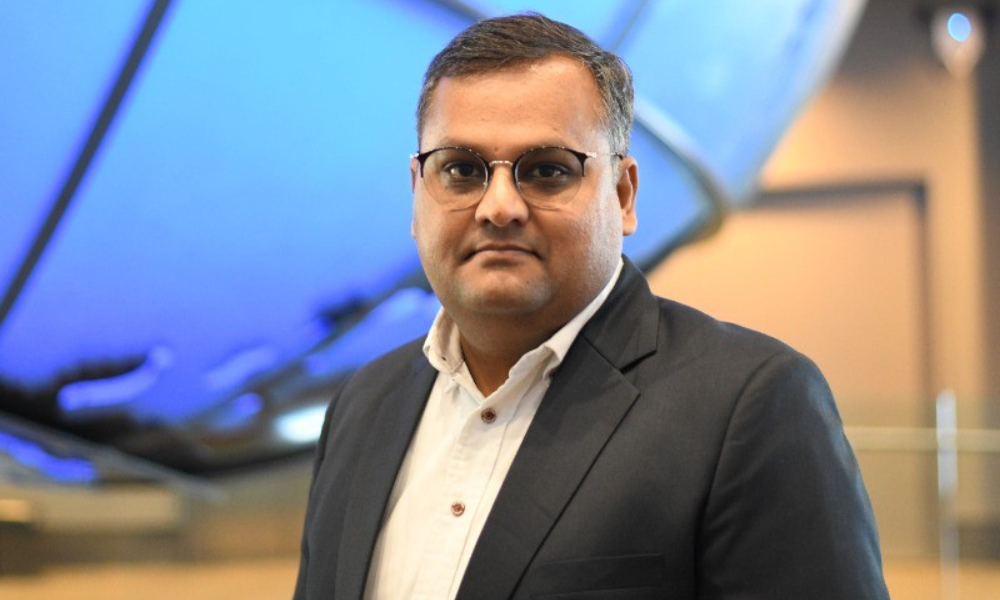Lawyer previews panel discussion topic at HRD Employment Law Masterclass event

“Not every investigation needs to be a Cadillac. It’s important for investigators to be judicious about the steps they take, the resources they put into it, and when to put their pens down.”
So says Sandra Guarascio, partner at Roper Greyell in Vancouver, when discussing best practices around workplace investigations.
Guarascio will be speaking at the upcoming HRD Employment Law Masterclass Vancouver, to be held on Feb. 22.
She shared some of her talking points with Canadian HR Reporter about the panel discussion: “Effective strategies for conducting workplace investigations: Best practices for responding to incident reporting.”
“There’s been just such a sharp rise in workplace investigations over recent years, and there’s a lot of factors that are contributing to that. First, we’re still in the wake of #MeToo, which has created a lot of awareness about rights and a desire to pursue accountability and a huge focus on culture and governance in workplaces.”
In addition to these types of outside factors, employees are living through some tough times, according to Guarascio.
“What I refer to as post-pandemic angst, which is playing out in workplaces, and then people personalize. Economic pressors, both at home and in business, and also just a much more robust, regulatory regime. So particularly when you look at occupational health and safety legislation, and all of the requirements around investigations, best practices are a lot more top of mind for employers.”
“My goal in this session is to help better equip employers to navigate investigations,” she says.
Establish a clear policy document
To ensure success, it’s often helpful to have a written policy firmly in place that will lay down the ground rules of what the organization needs to follow when looking into an incident.
“I think one of the primary first things to look at is having an investigation framework and a policy in place, so that the rules of engagement are clear; that employees know the path forward, and that there’s a roadmap for how investigations are going to be conducted and this really promotes confidence for all the stakeholders that wrongdoing will be taken seriously and that accountability matters,” says Guarascio.
A primary goal of the investigator should be around ensuring a fair process is undertaken. But there are key elements of due process that an investigator needs to be aware of, she says.
“Examples of that would be ensuring that someone knows the allegations against them; that they have a fair opportunity to respond and that when their evidence is different from the complainants’ evidence that you go back to the complainant, so they have an opportunity to respond.”
“There are some really key steps that an investigator needs to take to make sure that the investigation will meet the minimum standards for procedural fairness,” she says.
The investigator must also be able to accurately determine the “reliability and credibility of evidence” in order for an outcome to be made, says Guarascio.
“I have seen too many investigators fail in this fundamental task of determining an outcome because of lack of witnesses and then they characterize it as ‘It’s a he said/she said, we don’t have any witnesses, so I can’t make a conclusion.’
“This is one of the top pitfalls that needs to be avoided because there are tools that the investigator can use to help to determine reliability and credibility of evidence, even if there isn’t a convenient witness to help them sort that out.”
Role for HR after investigation
In one recent court case, a faulty investigation cost an employer $20,000.
For HR, it’s crucial to look at the big picture after the investigation is completed in order to better the workplace.
“Finally at the end of the investigation, it’s really important to assess the entire context. So often we see discipline flow from an investigation but that isn’t always going to address other root causes that may be more structural in the workplace so it’s really important to look more broadly for opportunities to remediate and improve the workplace in the fallout of an investigation,” says Guarascio.




